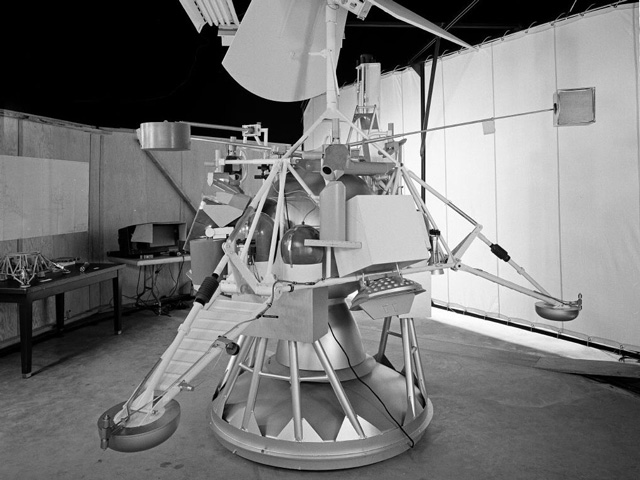
Bright New Satellites Join a Crowded Sky — Here’s How You Can Help
The imminent launch of a BlueWalker satellite, with a giant phased array antenna, portends a brightening night sky. Amateur astronomers can help record these changes with the goal of mitigating them.

Did Astronomers See a Distant, Dying Star? Or an Earth-bound Satellite?
What seemed a lucky break — the discovery of a gamma-ray burst in the most distant known galaxy — might instead be the flash of passing space debris. As satellites fill low-Earth orbit, such events might become common.

Astronomy in Space with David Dickinson
Earth's New "Minimoon" May be a 1960s-Era Rocket Booster
An object set to pass near Earth next month may in fact be a relic of the early Space Age.

Astrophotography: Tips & Techniques
Satellites, Begone! Remove Trails from Your Astrophotography
While the growing number of satellites above our heads is a concern, there are ways to mitigate their appearances in deep-sky astrophotography.

Humanity Star: Bright Idea or Dark Sky Nemesis?
The launch of the Humanity Star has some fuming, others smiling, at the prospect of seeing a bright, new satellite. What do you think?

How to See and Photograph Geosynchronous Satellites
Dozens of satellites are busy day and night, beaming your favorite TV and radio programs from more than 35,000 miles away. Here's how to tune into them.

New Satellite "Mayak" Might Light Up the Sky
Russia's first crowd-funded satellite, named Mayak (Russian for "beacon of light"), promises to be the “brightest object in the night sky next to the Moon.”

Predictive Prowess: See an Iridium Flare
Channel your inner superpower by looking up at the night sky precisely when a dazzling blaze of light is beamed to Earth from outer space.
How can I spot satellite triads?
While binocular observing from Northern California on August 19, 2004, at 6:33 Universal Time, I picked up a trio of satellites moving from the northwest to overhead and passing through Cygnus. I’m sure they were satellites, as all three turned reddish at the same time before disappearing into Earth’s shadow.…
